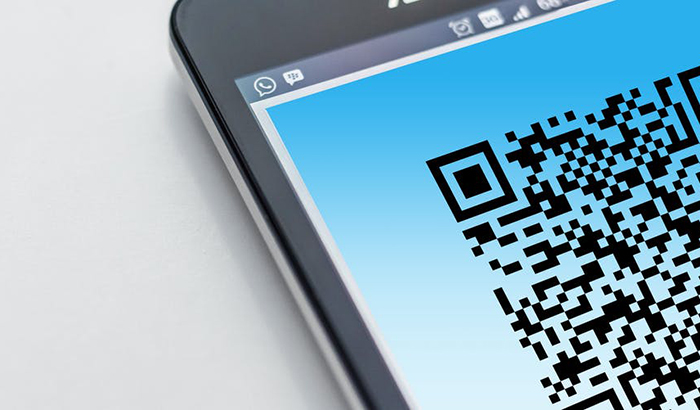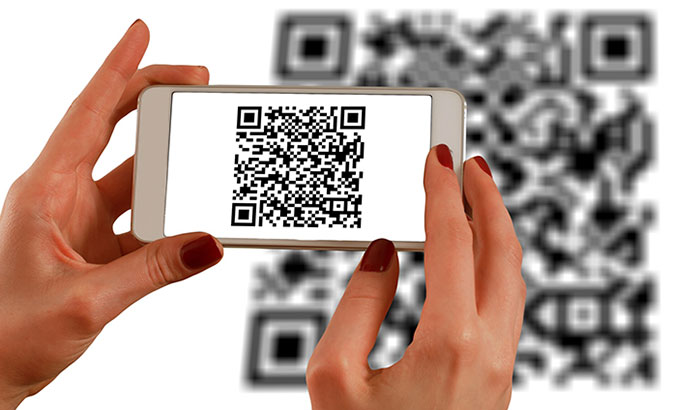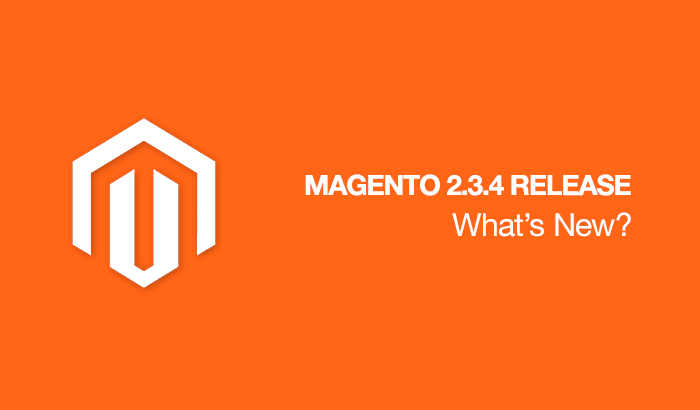
The need for using electronic devices today is ever so critical. Many governmental institutions have strongly suggested the use of Electronic check-ins or QR codes in businesses.
Sadly, we may not have seen the last global pandemic, so starting to use these kinds of tools now will be beneficial.
Of course, not everyone knows what QR codes are. Even more, how QR codes are used? That’s why today, we will give a thorough explanation regarding QR codes. Let’s begin talking about the origin of QR codes.
History of QR Codes
It all began in Japan in the 90s, and it was a time that barcodes were not able to hold the amount of information people needed to store. So Denso Wave Corporation, then in charge of making barcodes, needed to create a “barcode” containing many more data and be easy to scan.
In case you don’t know, barcodes can only be scanned one way and only have 20 alphanumeric characters can be stored as data.
After a year and a half in development, Masahiro Hara invented the QR code. It could store 7089 alphanumeric characters, and you could scan it from any angle. Starting in 1994, Denso Wave Corporation began to push QR codes for business use.
Denso Wave Corporation decided not to exercise their patent’s right, thus allowing anyone to use it for free. This allowed the use of QR codes to spread all over the world. Now that we understand its origin, we will discuss in further detail what they are and how do they work.
Quick Response Code
QR codes or Quick Response is a 2-dimensional code that is quickly readable by a smartphone’s camera. When people scan QR codes, it will display whatever the author stored as information by using a spacing sequence as a Matrix Barcode type (2-D Barcode.) QR codes can hold up to 7089 digits or 4296 letters, including punctuation marks and special characters.
Let’s break down the whole structure of QR codes. We will explain it simply so as not to bore you!
Quiet Zone
If you have ever used your camera on a QR code, you may have noticed that the camera forms a square frame when searching for the QR code. That square area or quiet zone in QR codes is where all the information is held. The quiet zone helps the scanning app or camera to distinguish where the code begins and ends.
Version Information
QR codes have several different versions, 40 to be exact. So the version information acts as an identifier. A QR version is basically how much data it can store, 1 being the smallest QR code and 40 being a huge one.
Timing Pattern
Timing patterns is an L-shaped pattern found on QR codes. It helps the camera identify different squares within the entire code. It also allows the camera to read a damaged QR code.
Alignment Markings
They help align QR Codes drawn on a rounded surface. The larger version QR codes have more than one alignment markings, while the smaller ones only contain one.
Positioning Detection Markers
Do you recall seeing three small squares located at the top-left, bottom-left, and top-right? Well, those are the positioning detection markers and allows a scanner to recognise QR codes. They also allow for high-speed scanning without the need to position yourself in a specific way.
Data Cells
The data cells store the QR code’s information, and it can hold an almost infinite amount of things. You can save URLs, phone numbers, messages, and a lot more.
There are also two different kinds of QR codes, static and dynamic. Let’s briefly talk about them in the following section.
Static QR Codes
Static QR codes have data that is fixed and uneditable. They are mostly useful for personal use or specific events or sectors. For example, static QR codes can be used as employee IDs, event identifications, or technical merchandise documentation.
They are not as efficient as a business or marketing tool. The main reason being that you can’t track the metrics and clients will need to scan the QR code every time you launch something new.
Dynamic QR Codes
This kind of QR code allows you to update, edit, and change the code’s information. The most significant part is there is no limit on making these changes. Businesses usually use dynamic QR codes to redirect clients to their websites. Many digital marketing companies use QR codes when developing websites for their clients on WordPress.
Ways of Using QR Codes
When QR codes first started, the automobile industry was the only one to use them. Nowadays, just about every business sector, and many individuals use QR codes in a variety of ways. Let’s take a look at the most popular methods.
WiFi Passwords
Make it easier for your friends or clients to connect to your network. With one quick scan, people can join the network!
Coupons
Paper coupons are a thing of the past, even more with the pandemic. Businesses can place their coupons on QR codes, and these codes can be on signs, social media, or even emails.
vCard Info
While this doesn’t replace physical business cards, having a vCard information on a QR code avoids unnecessary contact. QR codes of this kind can hold email addresses, phone numbers, website URLs, and company details.
Business Page
Many businesses opt for having QR codes with their page on them. This makes it more convenient for people to visit their site without searching for it on their devices.
QR Codes Are the Future of Business
Hopefully, now you understand better what QR codes are and how they are used. So next time you see a QR code, go ahead and scan it! If you are a company owner and your business is still not using QR codes, better start now.
If you are still working to grow your business and need help with the digital marketing aspect, contact us today! We create tailor-made websites that will make your company progress, and we implement the best marketing strategies. Don’t hesitate any longer and make your business grow today.


